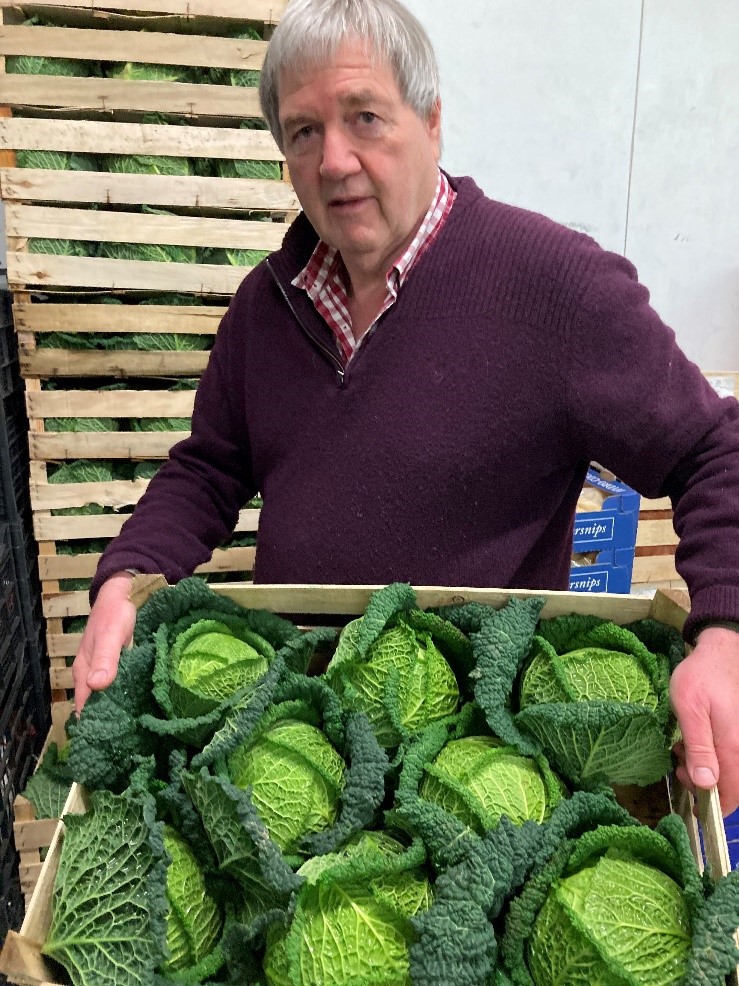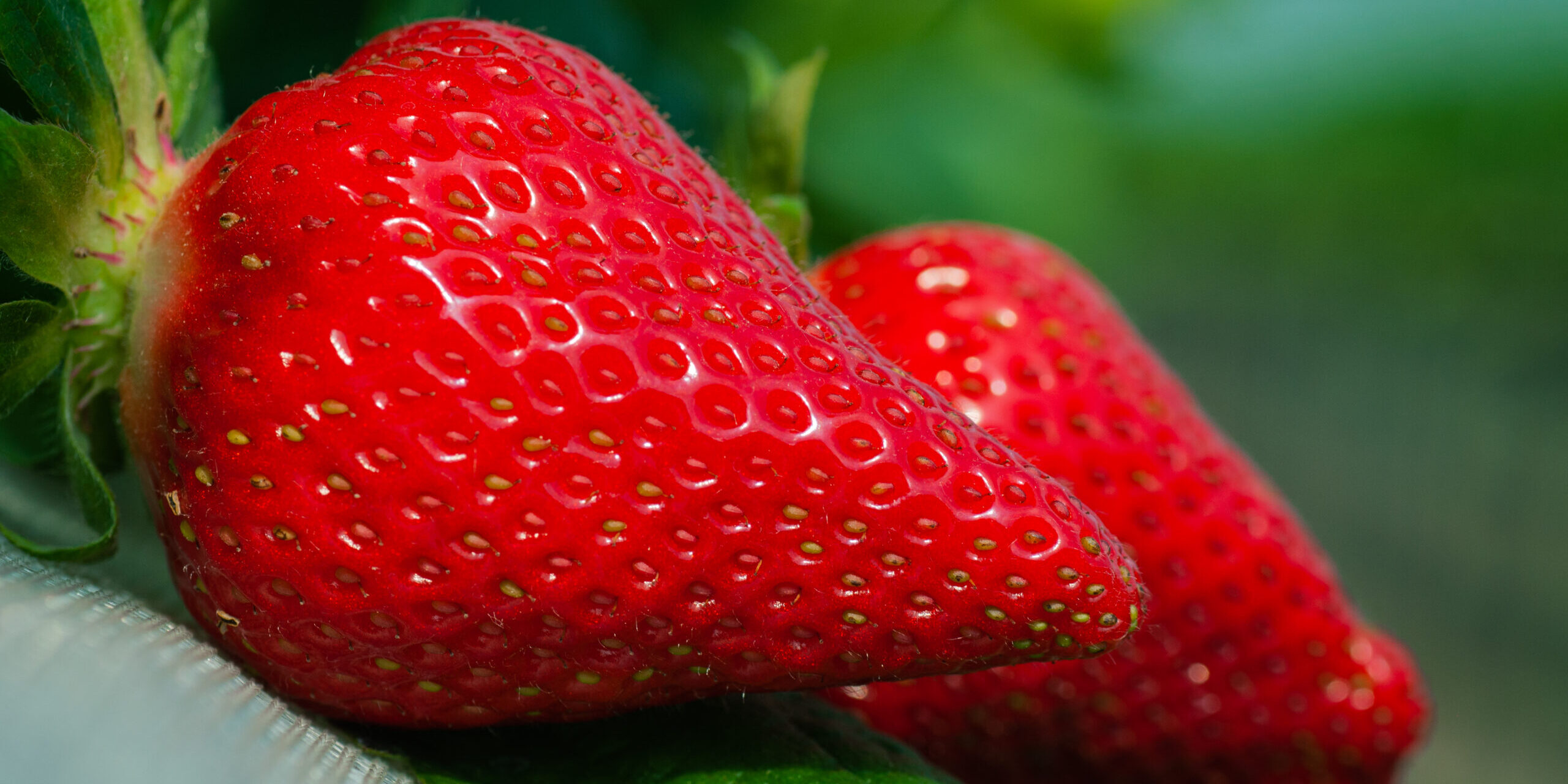
Mind the ‘Hungry’ Gap
Did you know that between January and May (with April being the leanest month) there is little to no fresh produce available to harvest in the UK? This is called the Hungry Gap.
In Winter we rely on trusty roots, such as carrots. parsnips, swede, turnips and potatoes, as well as things such as kale and cabbage to help see us through. When Spring arrives, harvests start to look a lot less plentiful. April is when cold stores of onions, potatoes and other roots begin to deplete and there’s not much by way of fresh produce coming out of fields until May and June.
“We live in a climate with four seasons and most crop plants don’t like growing in the UK in the Winter. It’s cold and damp, and the short days and frequent cloud cover means there’s not much light around to drive growth. There are hardy vegetables that will survive it – things like leeks and winter brassicas”. Ken Mortimer, Chairman, Heritage Fine Foods.
By the spring, the winter vegetables have either been eaten or are getting ready to go to seed. The length of this hungry gap does vary depending on the weather at the beginning of the year. The spring weather determines how long the over-winter crops will hold before going to seed. Farmers also need to wait until the ground is dry enough to rotavate, taking heavy machinery onto wet ground damages the soil structure by compacting it.
Before imports people would quite literally have been hungry during the hungry gap, eating preserves and pickles as they waited eagerly for the fresh produce of spring to arrive! The diet would also be dominated by old potatoes and cabbage.
During the hungry gap we still strive to fill our fruit and vegetable boxes with as much UK produce as possible but it is very limited, so we do have to import when supplies run out and importing from Europe and sometimes further afield is the only way for us to provide diversity in our fruit and veg.
There are some alternatives available to us where produce is grown in greenhouses or polytunnels so we can get hold of things like early Strawberries and Asparagus from places such as New Forest Fruits based locally.

If we really want to survive the hungry gap in the future without resorting to importing lots, farmers need to plan in advance. One of the main strategies is for farmers to preserve more crops during the summer and autumn so we have larger stores. We can also grow more crops that stand the winter and start into growth early in the spring, but they all must be sown the year before. We can plant more perennial crops such as asparagus, sorrel, rhubarb, sea kale and sea beet; they tend to crop earlier in the year than crops grown from seed, the downside being that they take several years to establish.
We face many challenges in feeding our growing population fairly and sustainably, and it is critical we make changes now. We do need to be more resource-efficient in how we produce and transport food and waste less. Consumers also need to do their bit by eating more of our native produce. With easy access to spices and food influences and inspiration from around the world, there is less excuse not to make any food interesting and delicious. The payoffs are great: tastier food, better health and a greater appreciation of the UK’s wonderful produce.
Check out our regular blogs and bi-annual Heritage Bites magazine with details of what is in season each month with delicious recipe suggestions too.



